Blue Jays' hitters baffled by Indians pitchers, who are curving a path toward a pennant
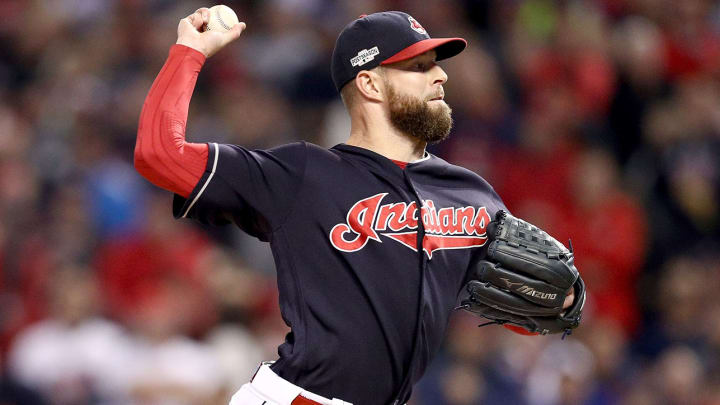
Three runs in three games: That’s all the Blue Jays have managed in their ALCS against the Indians, as one of baseball’s best offenses has been rendered totally inert by a Cleveland pitching staff that came into the postseason held together by glue and pipe cleaners. Much of the press with regards to the Indians’ mound domination has gone to Andrew Miller, who has been manager Terry Francona’s go-to reliever at any and all times thanks to his wipeout slider. But it’s not just Miller reducing Toronto to dust: Corey Kluber, Josh Tomlin and, in Game 3, a parade of Cleveland relievers (including Miller) have held Blue Jays batters to a collective .177 batting average and 34 strikeouts against just seven free passes—and most impressively, only one home run.
So how did the Indians manage to tame Toronto’s offense? A closer look at the stats shows Cleveland pitchers apparently putting an increased emphasis on curveballs—particularly Kluber and Tomlin, who went heavy with breaking pitches in their starts during Games 1 and 2, respectively. Of Kluber’s 96 pitches, 42 were curveballs or sliders, or 43.7%—more than double his regular-season rate. Tomlin, meanwhile, threw 36 curveballs among his 85 pitches, or 42%—an increase of nearly three times his regular-season usage.
The results were immediate. Of Kluber’s 42 breaking pitches in Game 1, he got 25 swings and 11 misses, and of the 11 put into play, eight were turned into outs. Tomlin, meanwhile, got 12 swings, six misses and only a single curveball put into play. Both pitchers kept the ball low and threw it no matter the count, using it as much if not more than the fastballs they normally stick to.
Indians on brink of World Series after bullpen proves its worth in Game 3
That game plan has been a wise call against a Toronto club that hits fastballs well but struggles with breaking pitches. According to FanGraphs, as a team, the Blue Jays were 11.4 runs below average against curveballs in 2016 and 18.6 runs below average against sliders. The individual stats bear that out. Josh Donaldson torched opposing fastballs in 2016 to the tune of a .297 batting average, .604 slugging percentage and 13 home runs , but against curveballs, those numbers dropped to .245, .453 and two. Jose Bautista hit for a better average against curveballs than fastballs (.279 versus .229), but his slugging percentage and isolated power on curves are markedly lower. Edwin Encarnacion also saw his power take a dive on curveballs (.460 slugging percentage) versus fastballs (.585).
Longest World Series Championship Droughts
Cleveland Indians last won in 1948
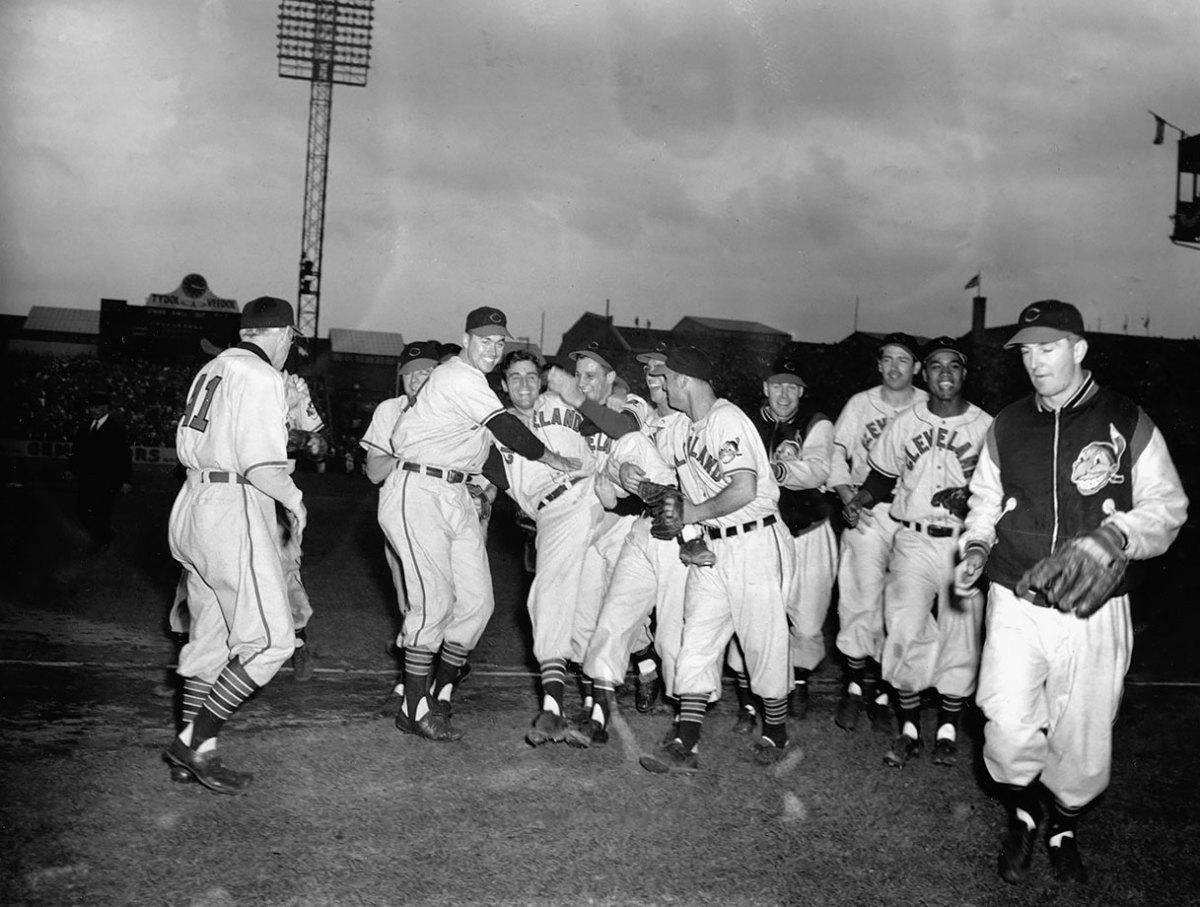
Pictured: Bob Lemon
Texas Rangers/Washington Senators never won, Est. 1961
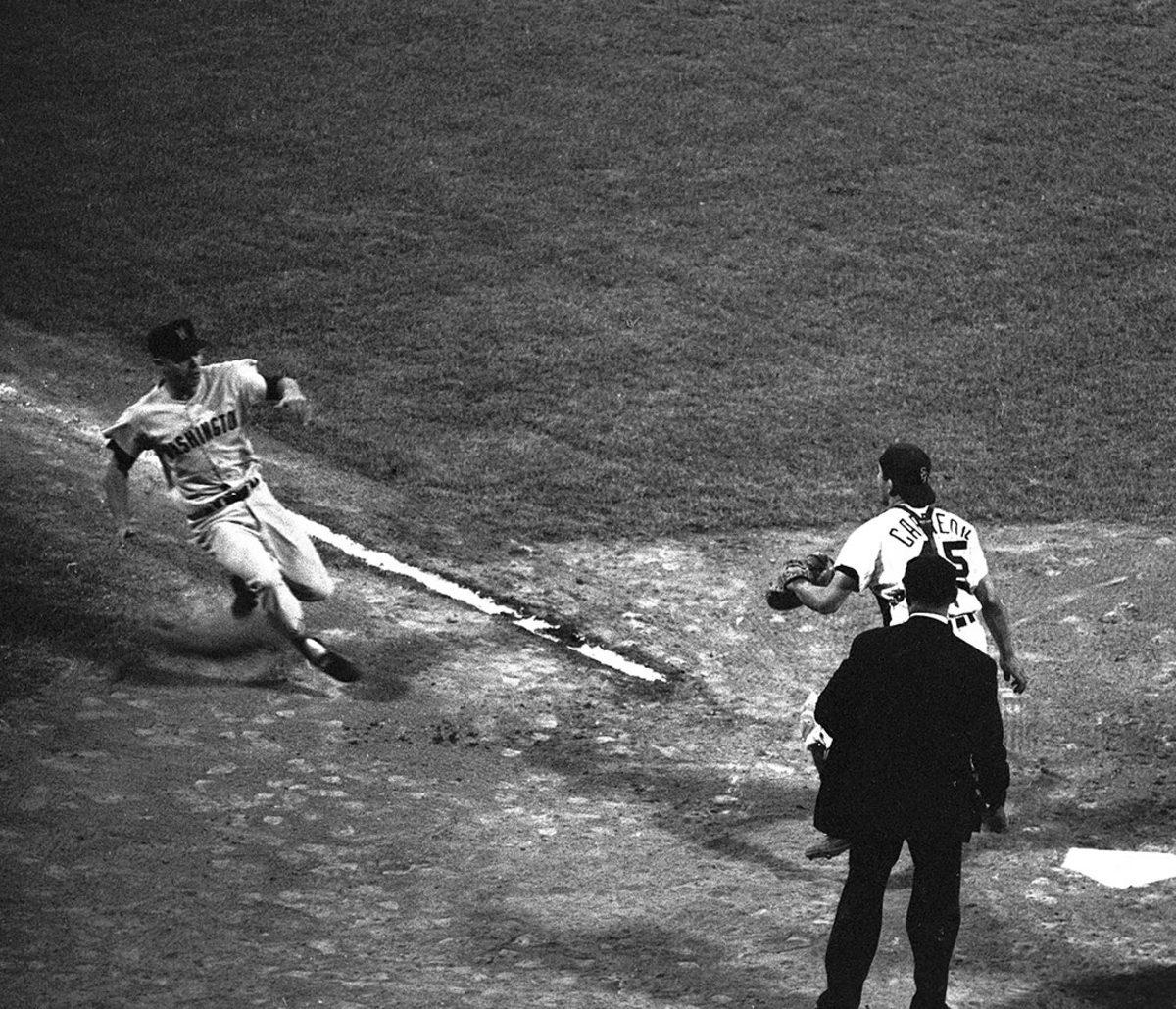
Pictured: Joe Hicks
Houston Astros/Colt .45's never won, Est. 1962
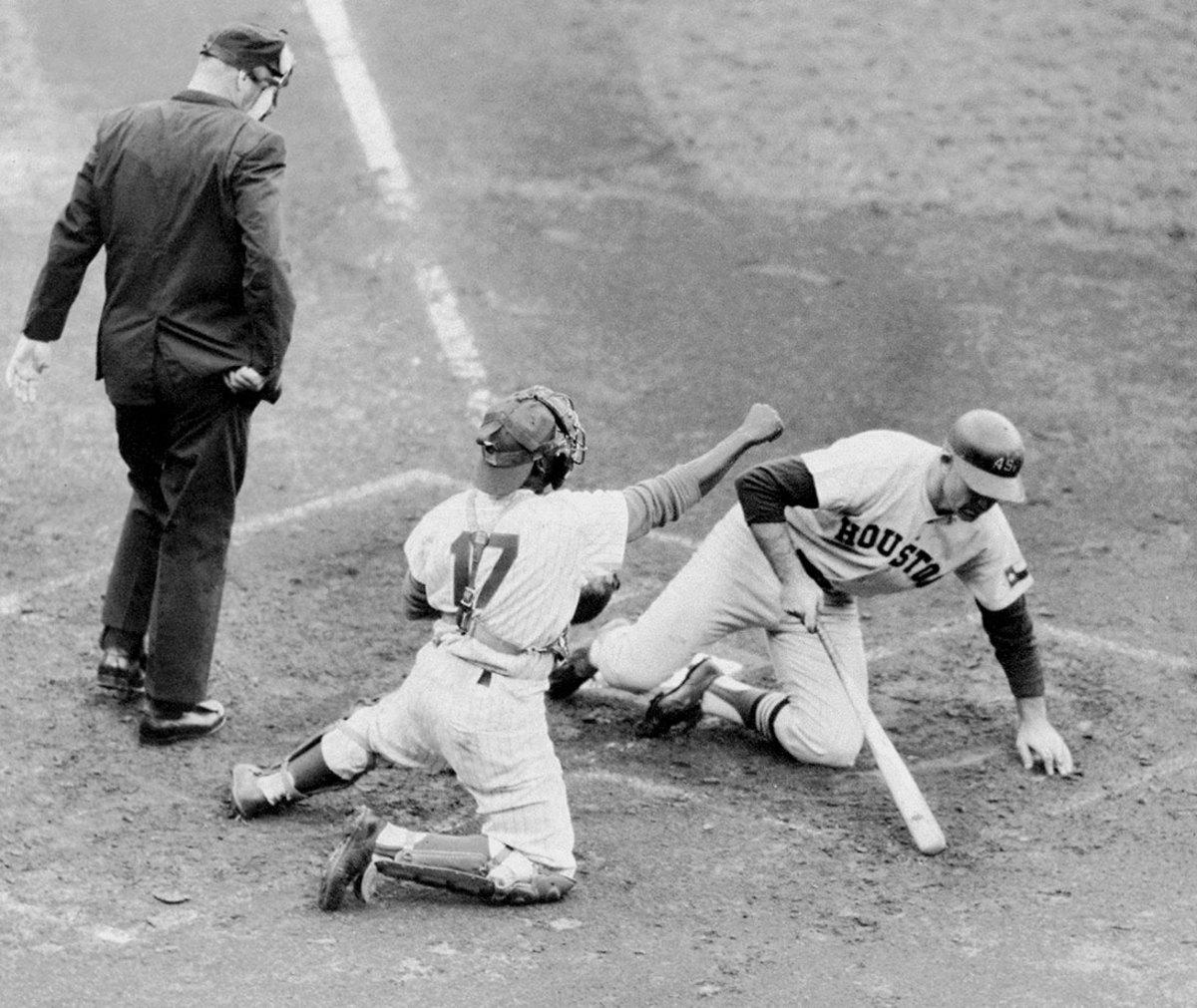
Pictured: Norm Larker
Washington Nationals/Montreal Expos never won, Est. 1969
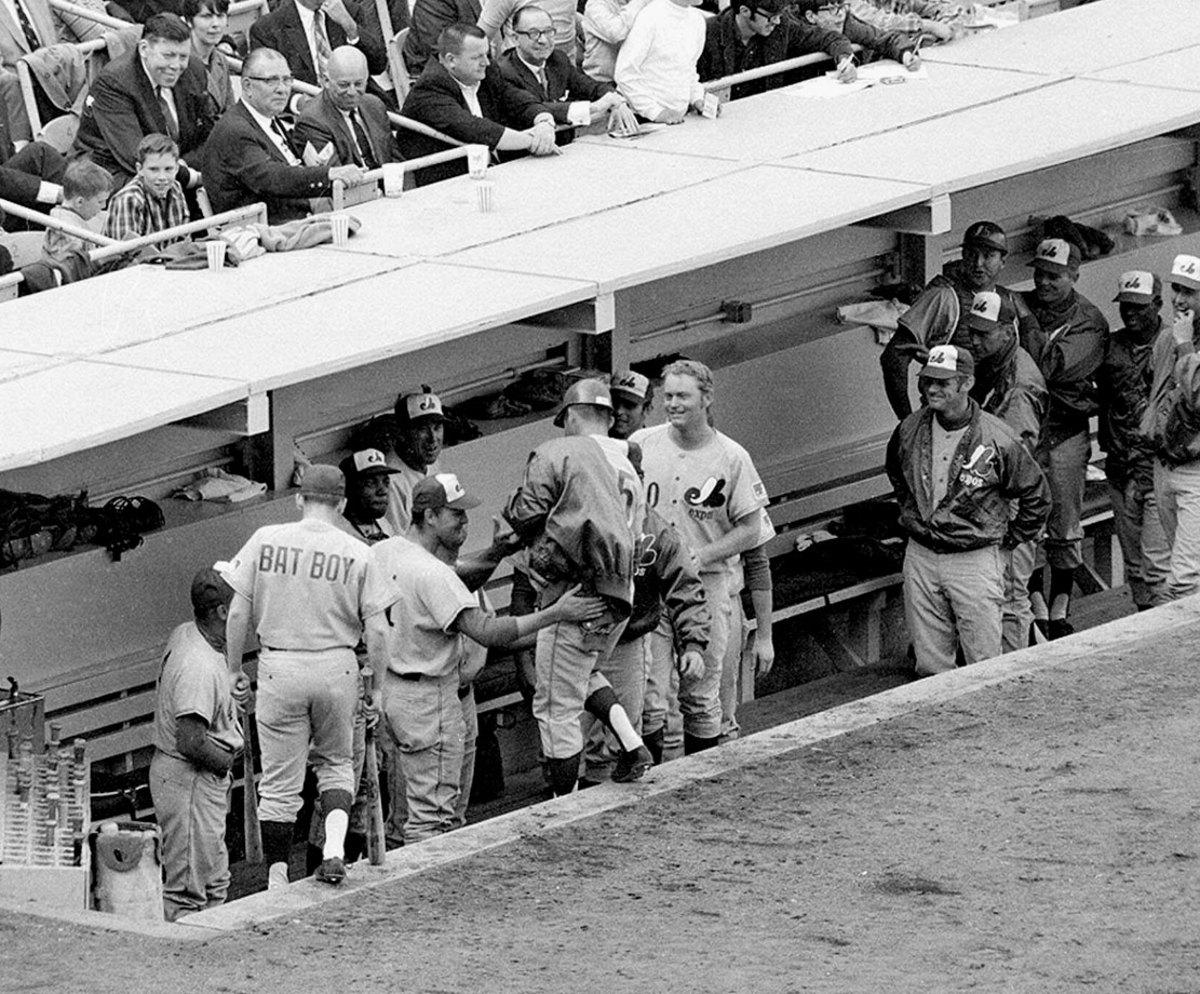
San Diego Padres never won, Est. 1969
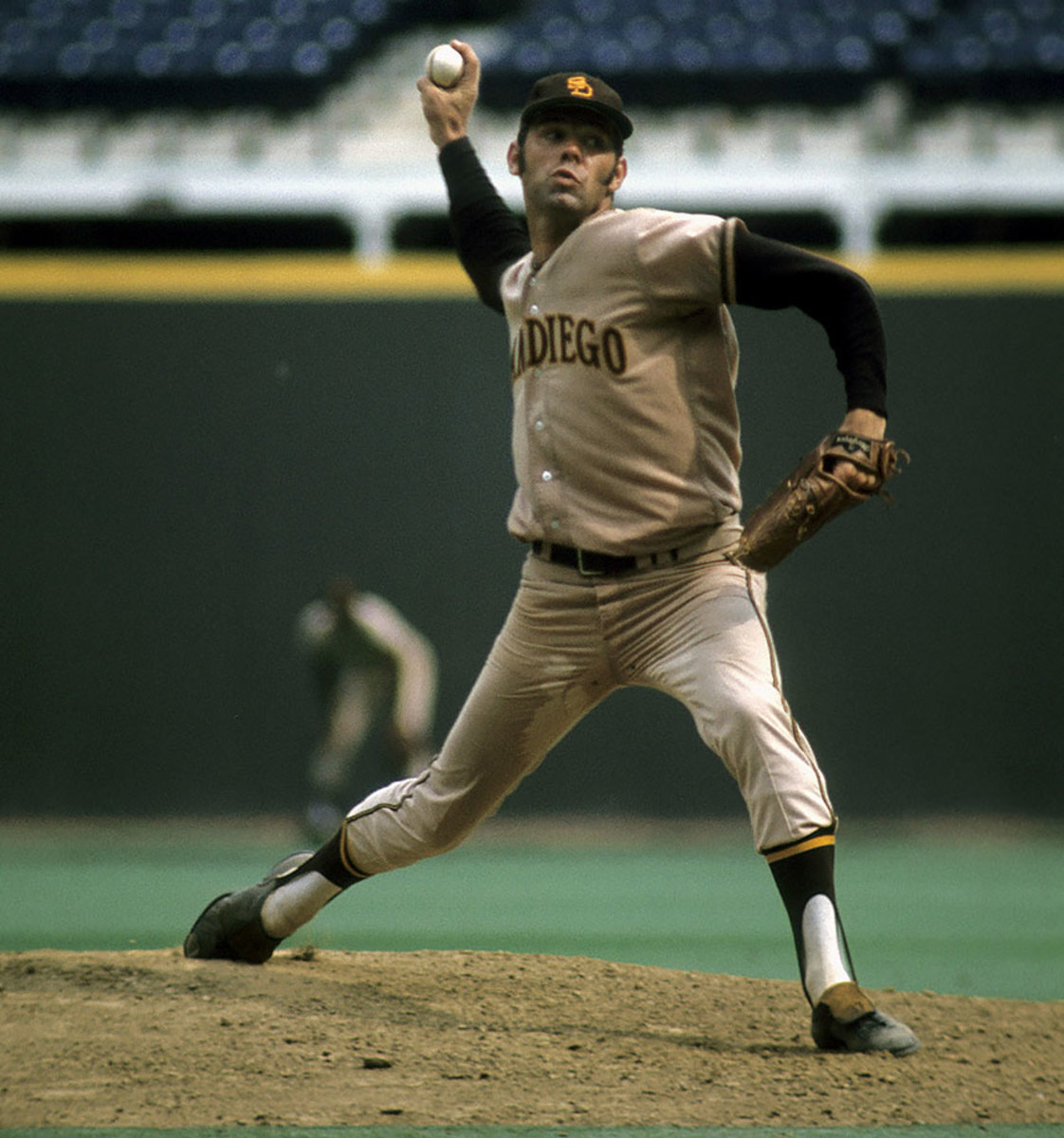
Pictured: Clay Kirby
Milwaukee Brewers/Seattle Pilots never won, Est. 1969
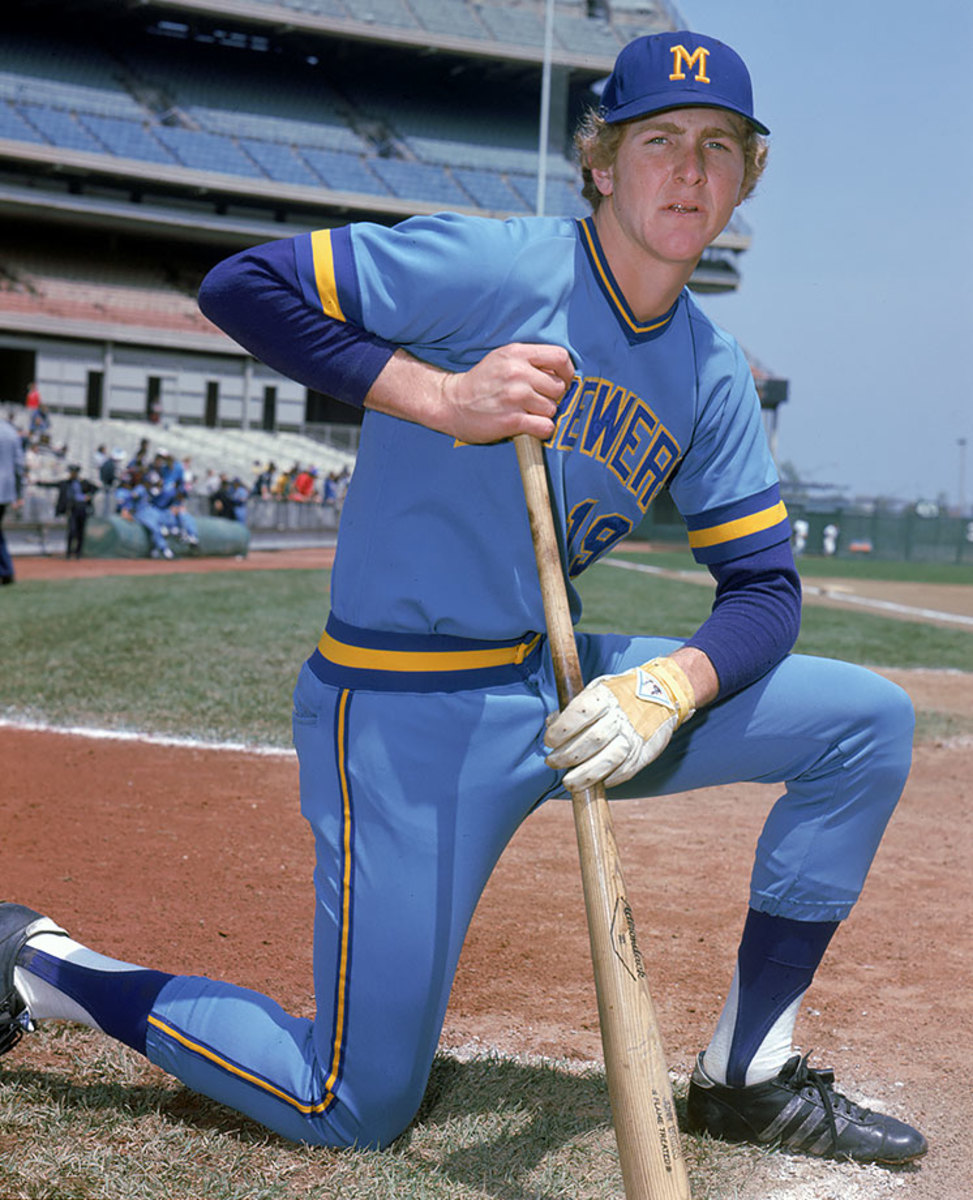
Pictured: Robin Yount
Seattle Mariners never won, Est. 1977
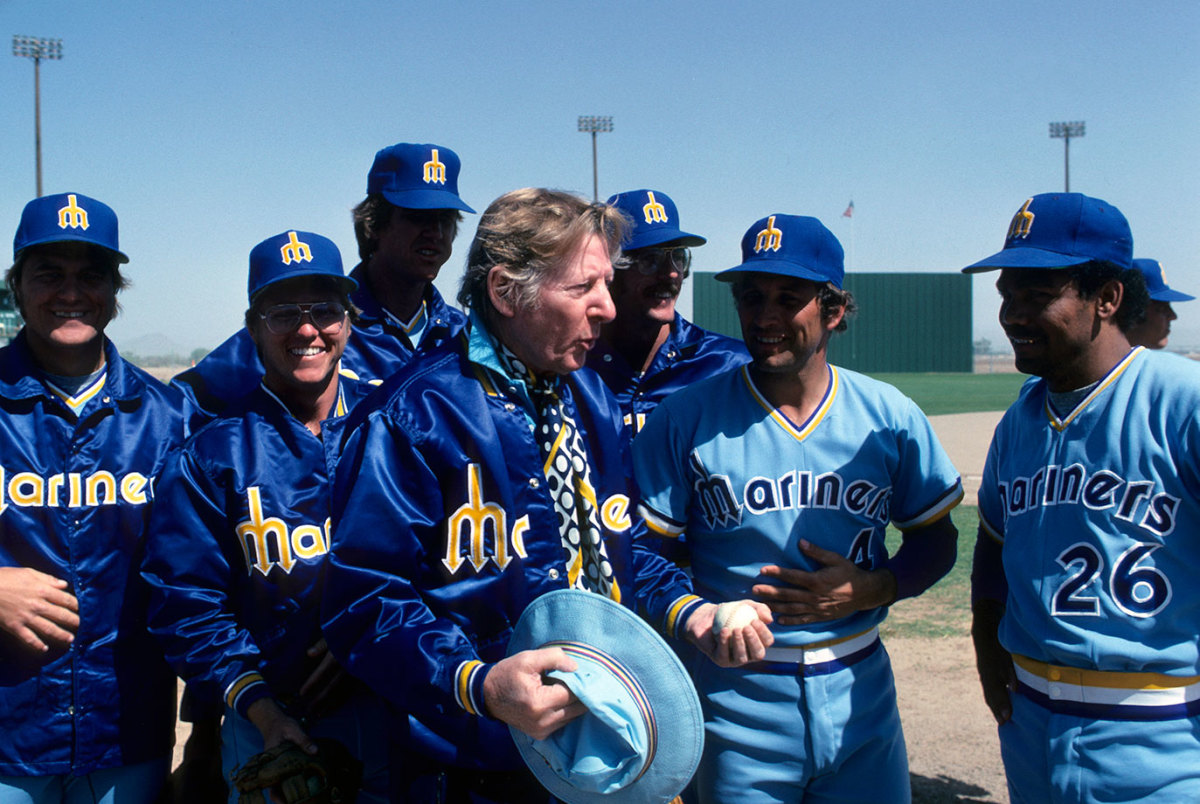
Pictured: Part-owner Danny Kaye
Pittsburgh Pirates last won in 1979
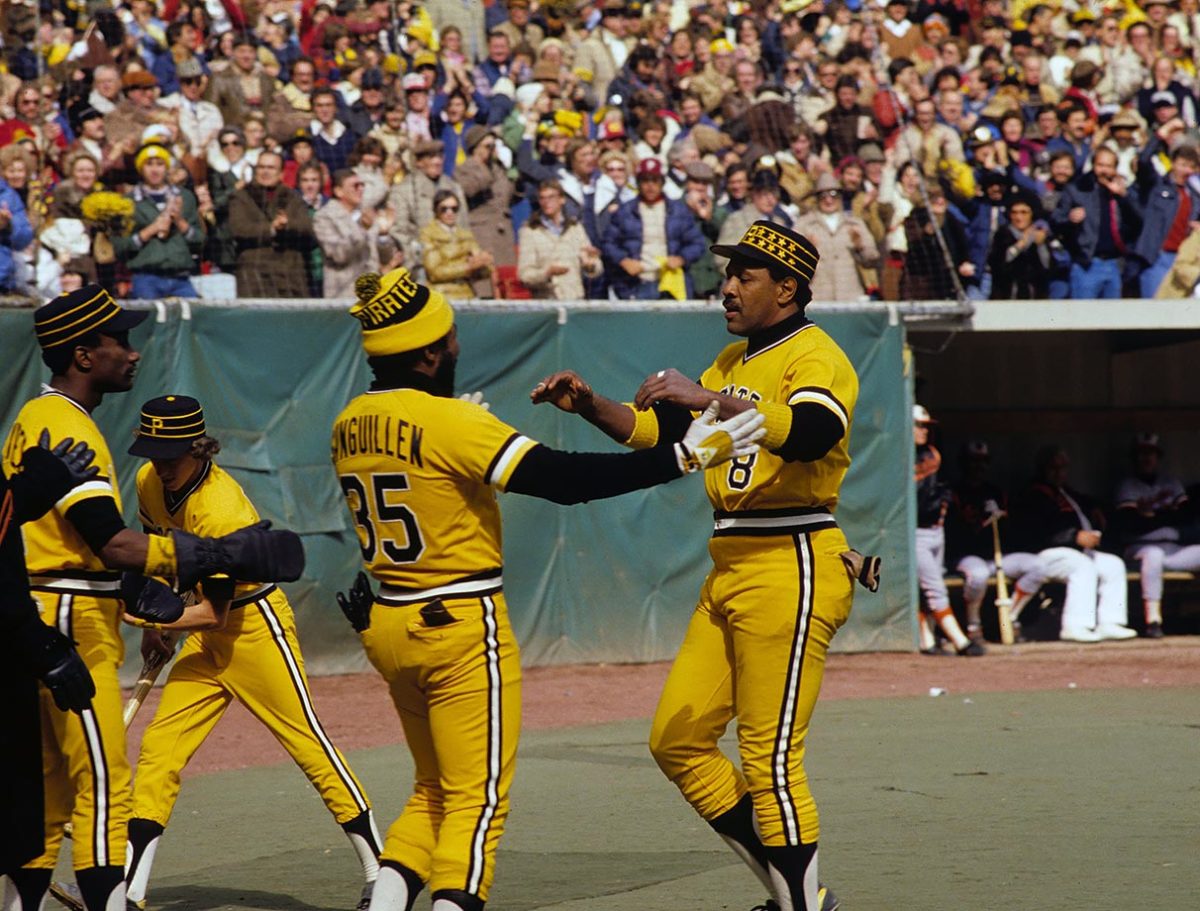
Pictured: Willie Stargell and Manny Sanguillen
Baltimore Orioles last won in 1983
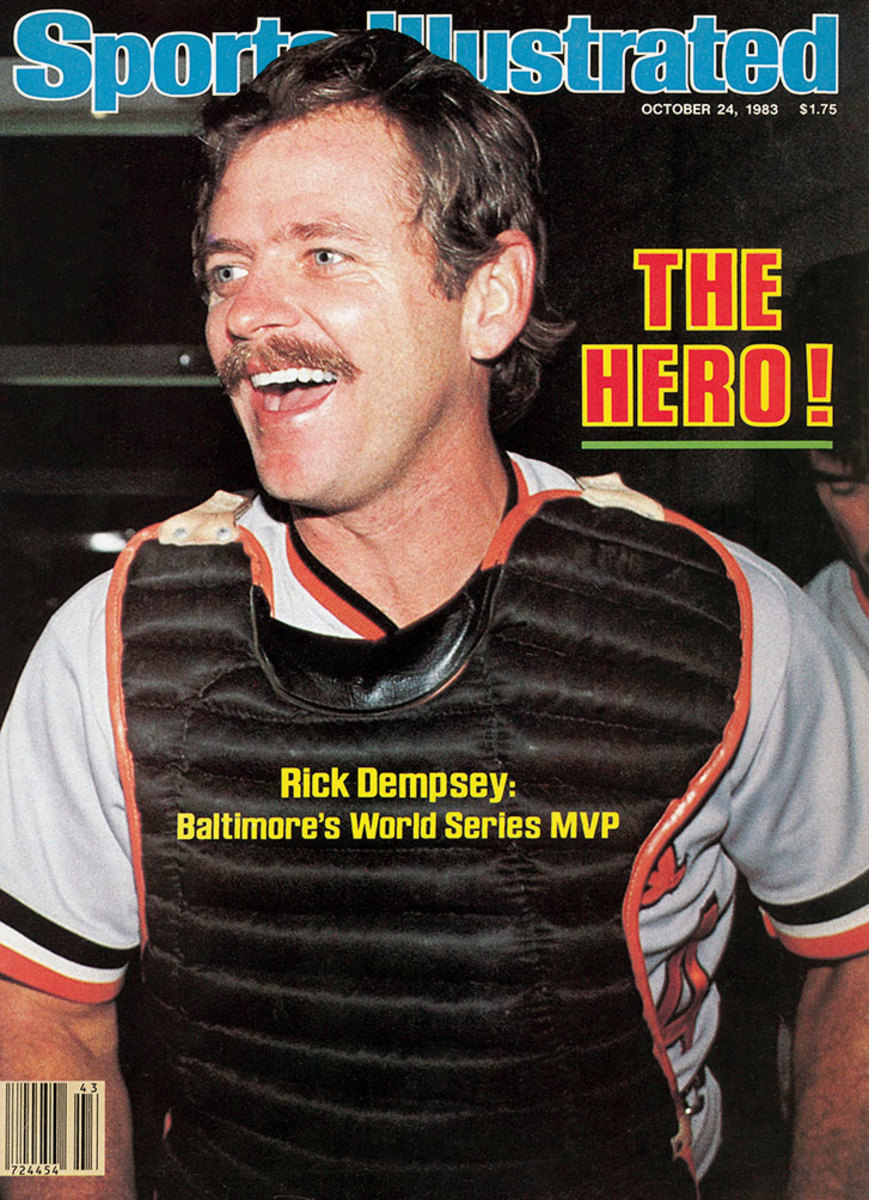
Pictured: Rick Dempsey
Detroit Tigers last won in 1984
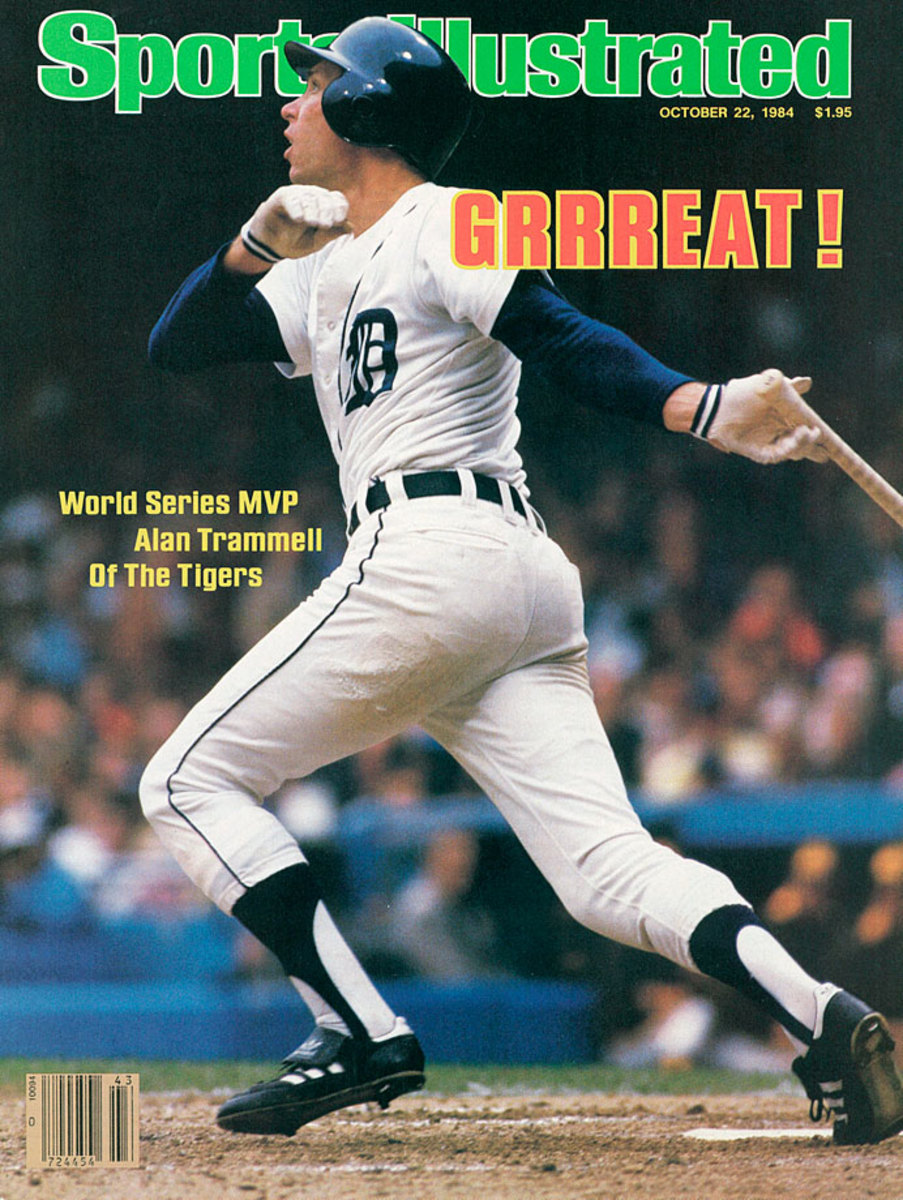
Pictured: Alan Trammell
New York Mets last won in 1986
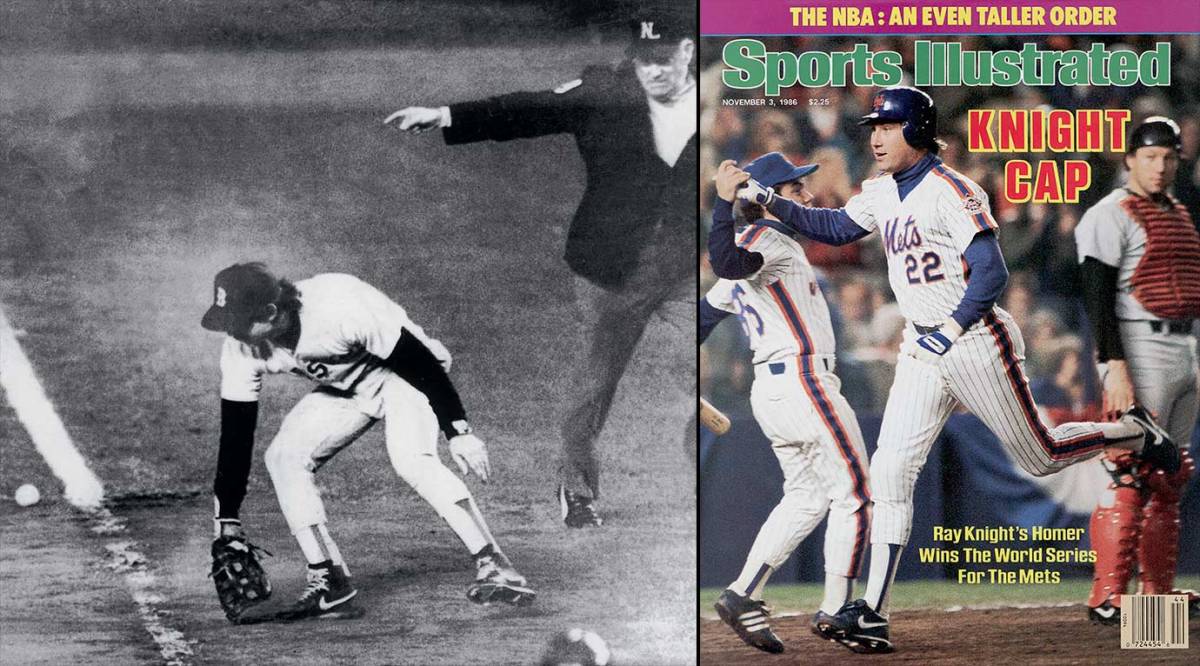
Pictured: Bill Buckner and Ray Knight
Los Angeles Dodgers last won in 1988
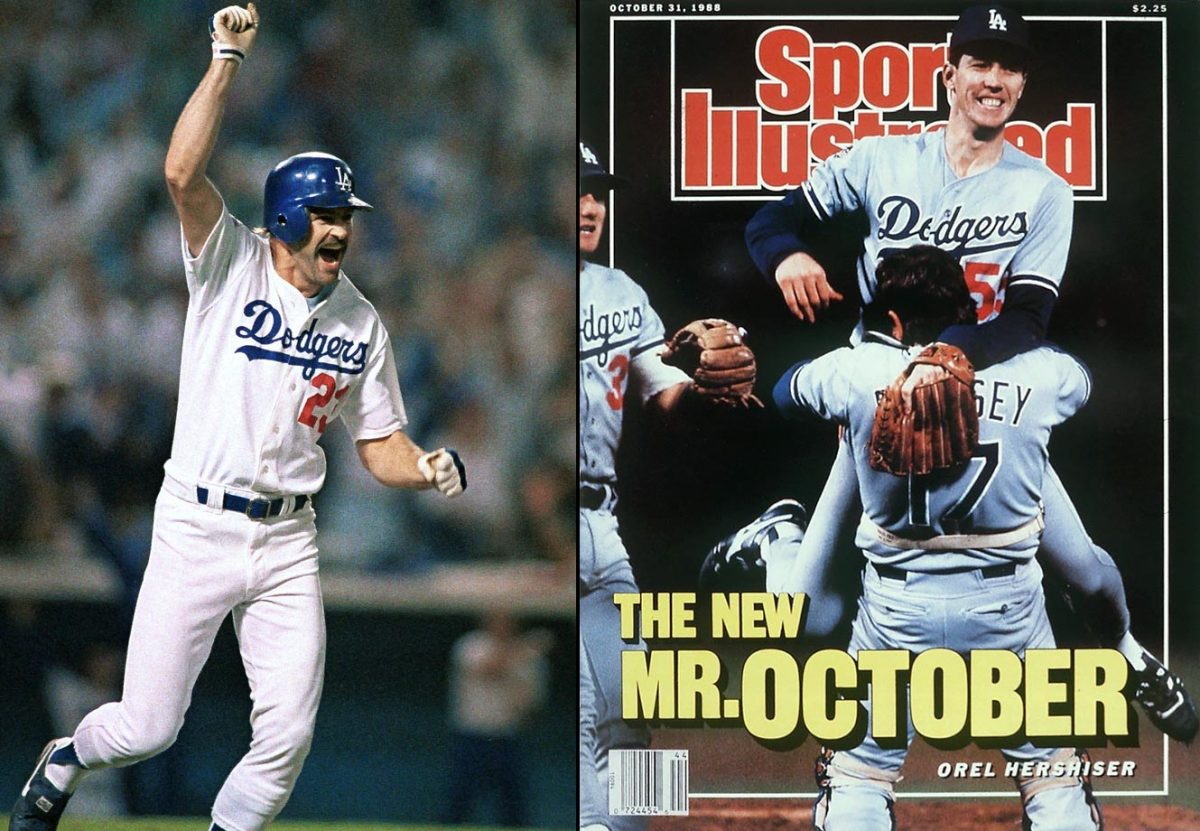
Pictured: Kirk Gibson and Orel Hershiser
Oakland Athletics last won in 1989
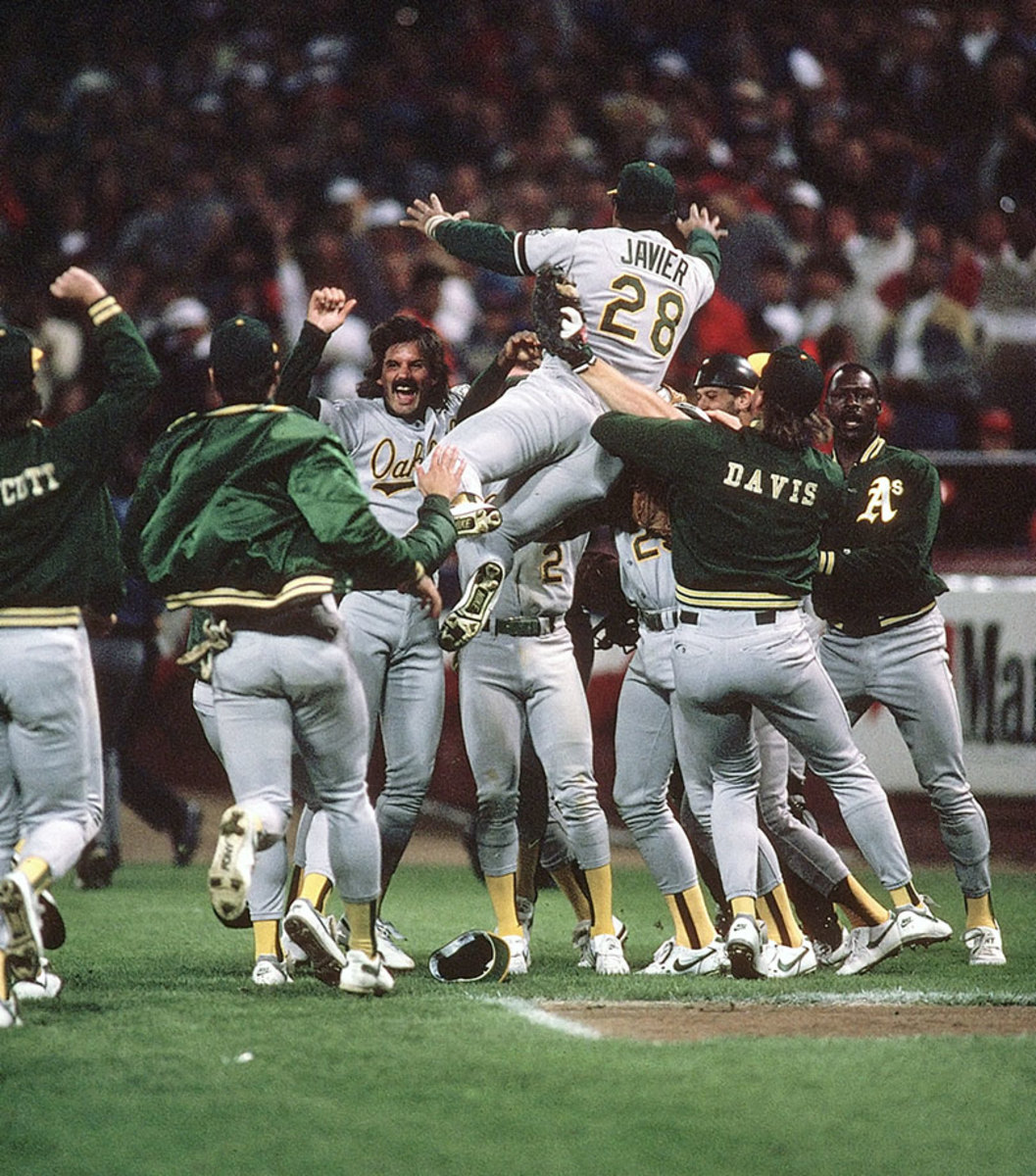
Pictured: Dennis Eckersley and Stan Javier
Cincinnati Reds last won in 1990
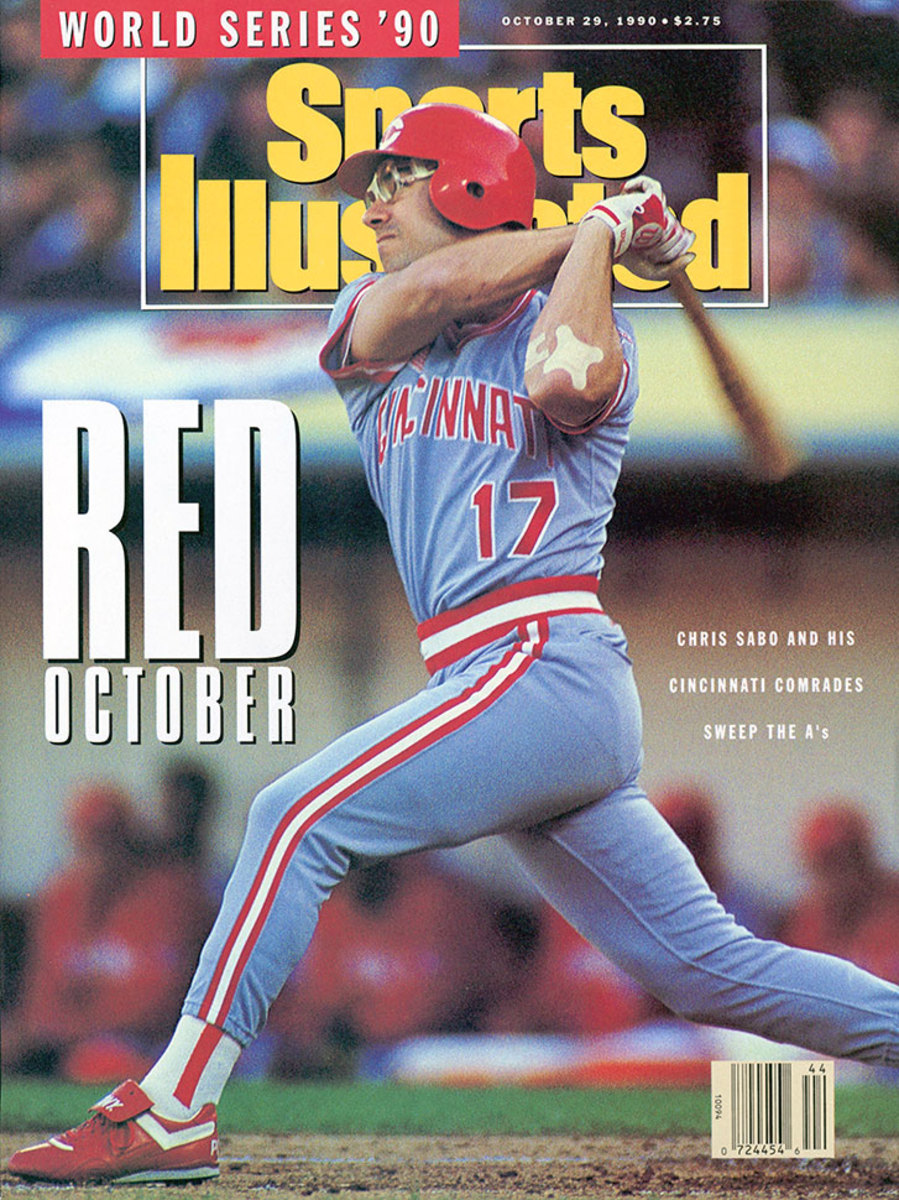
Pictured: Chris Sabo
Minnesota Twins last won in 1991
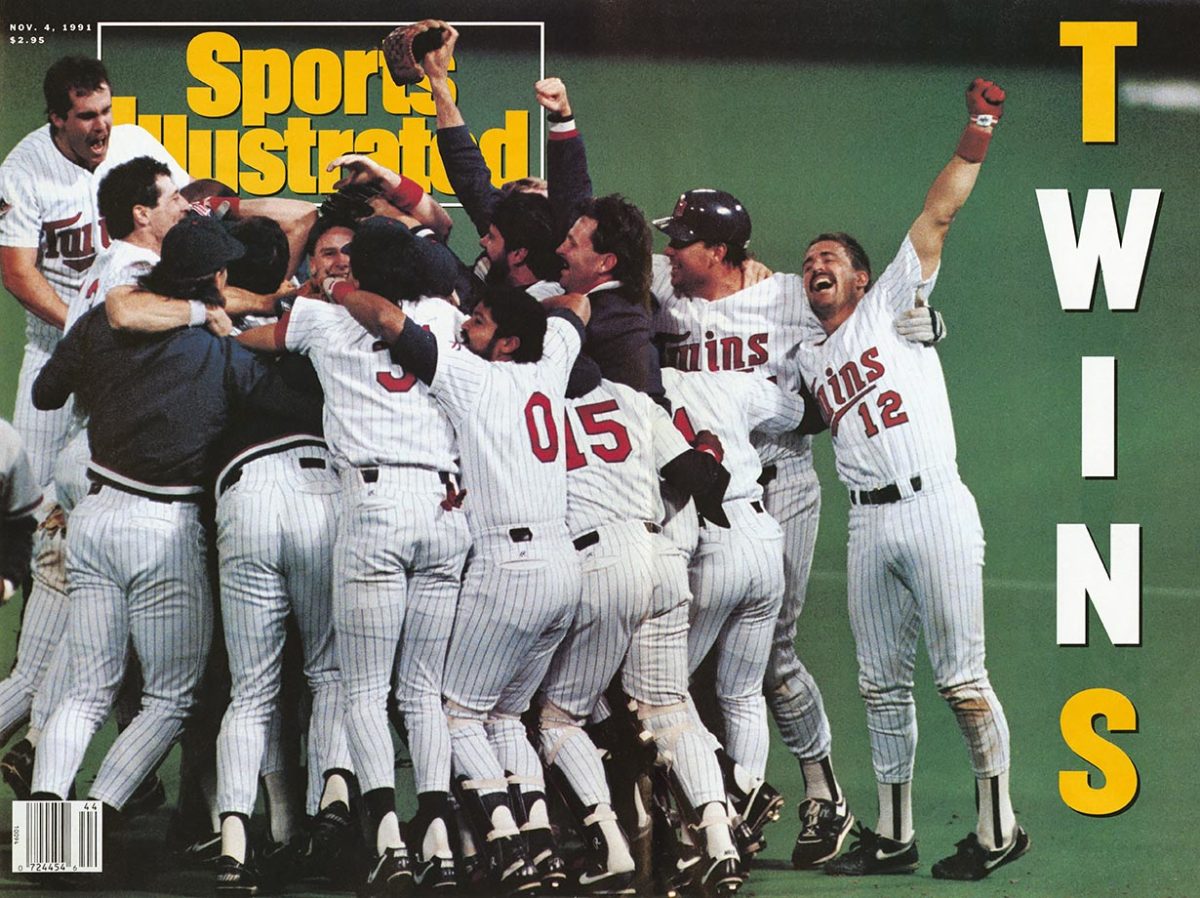
Then there’s Russell Martin. Mired in an awful postseason slump—the catcher is hitting .074 with 12 strikeouts in 27 at-bats—Martin has been especially vulnerable to curveballs this season, hitting a mere .098 on the pitch (compared to .247 on fastballs). In Game 1, Kluber attacked Martin with that very pitch: In the first inning, he got him to ground out on a curve with two on and two out; in the third, he struck him out swinging with a curve, again with two on and two out. It was more of the same in Game 2 against Tomlin, who gave up a single to Martin in the second on a cut fastball but struck him out with a curveball in the fourth.
Although Trevor Bauer didn’t last long enough in Game 3 for us to see how heavily that curveball strategy would be employed, it seems as if the righty planned to stick with that approach: Of his 21 pitches, seven were curves. Curveballs were also the order of the day for relievers Zach McAllister and Cody Allen. The latter in particular has gone to that pitch with gusto: Of his 49 pitches across the first three games of the series, 26 have been curveballs. That 53.1% usage rate is a notable jump from his regular-season mark of 37%.
Expect to see more of the same approach from Kluber as he takes the mound in Game 4 looking to finish an ALCS sweep and send Cleveland to the World Series: a steady diet of breaking pitches to stymie the Blue Jays’ powerful offense. It’s a strategy that’s worked to great effect so far, and with the Indians just one win away from their first pennant in 19 years, there seems to be no reason to stop now.
